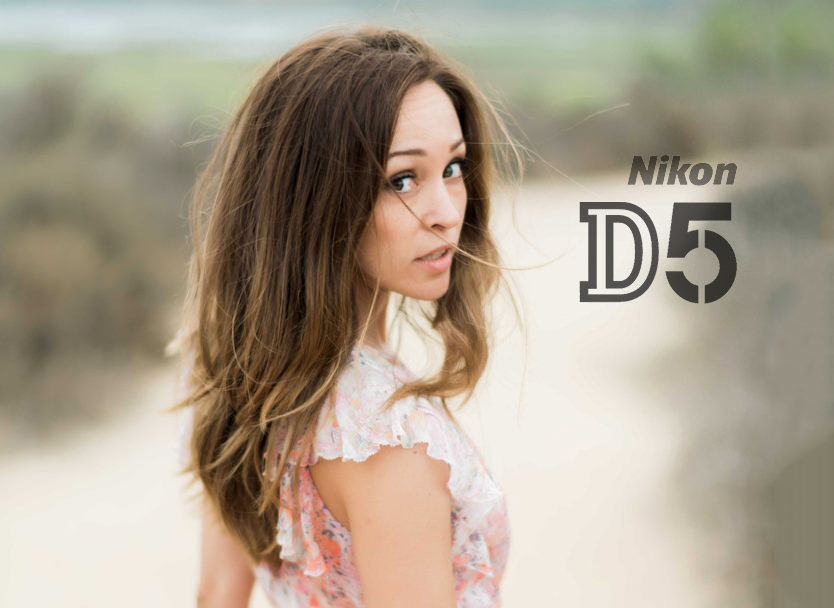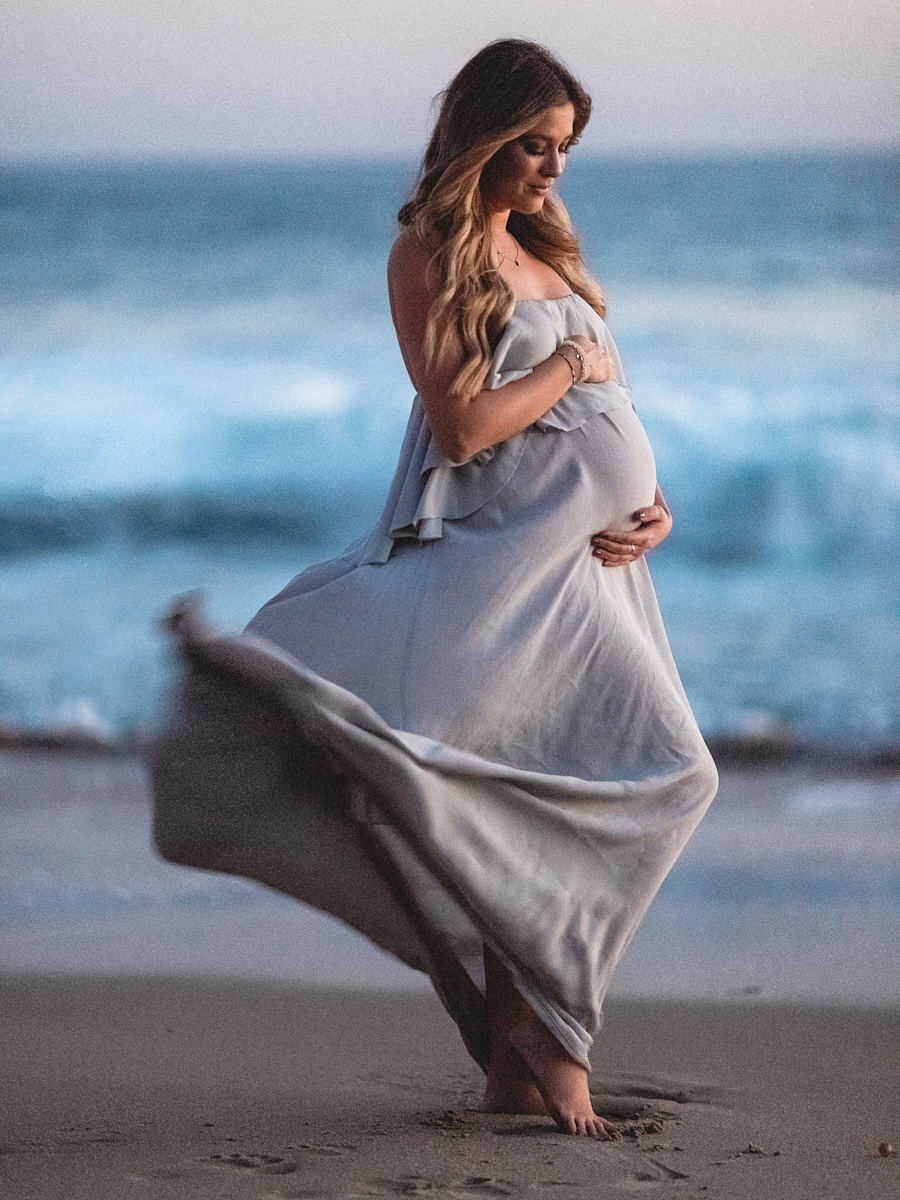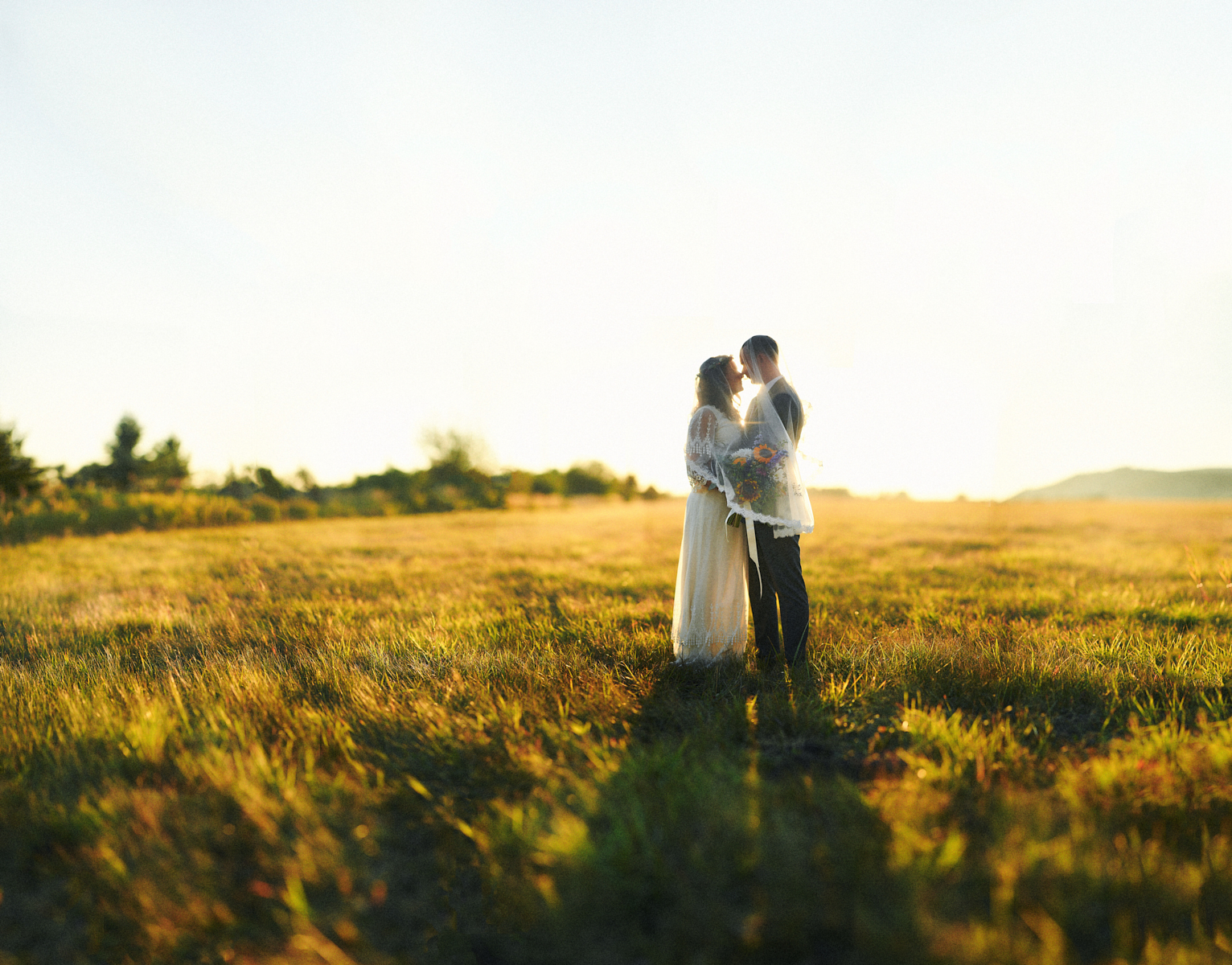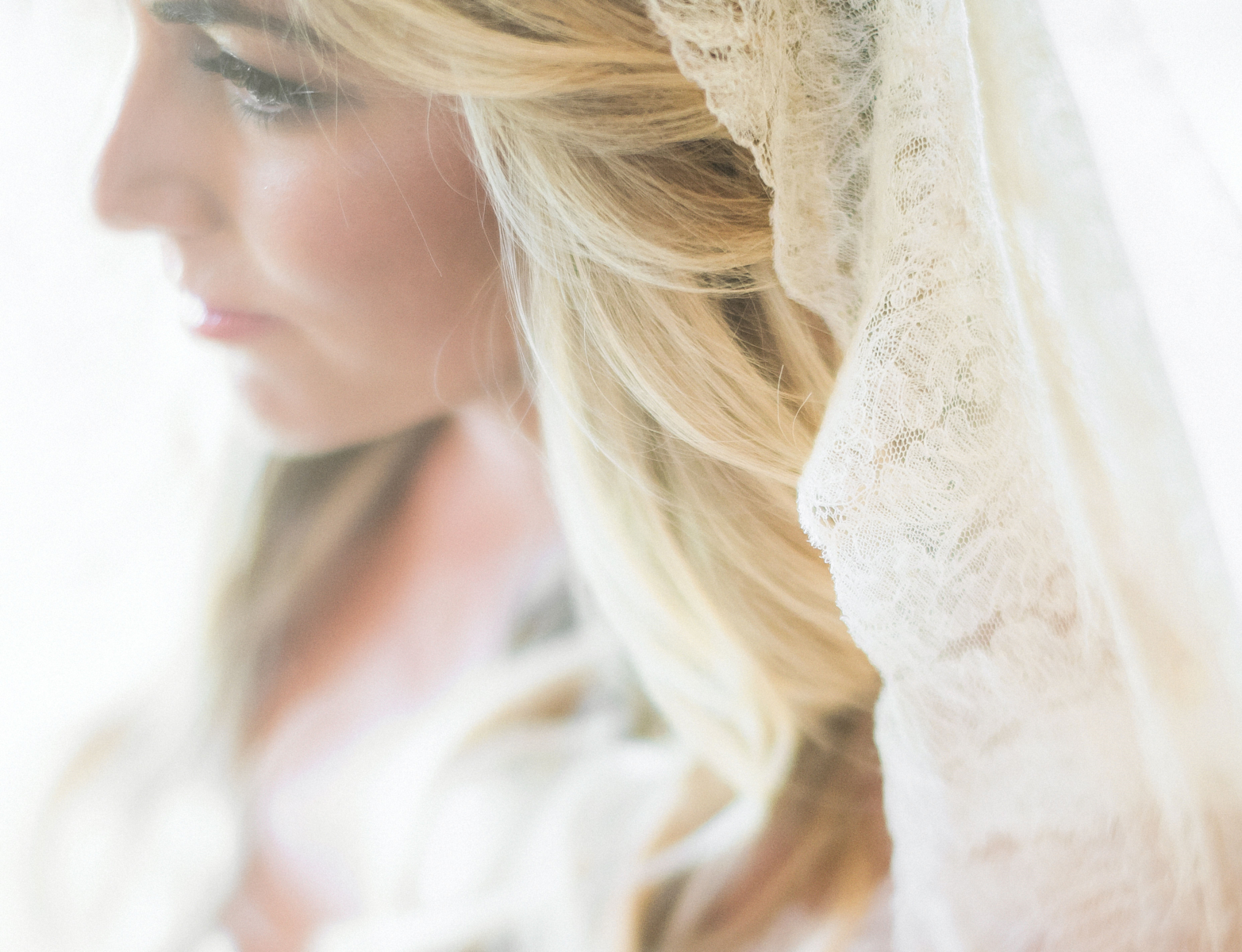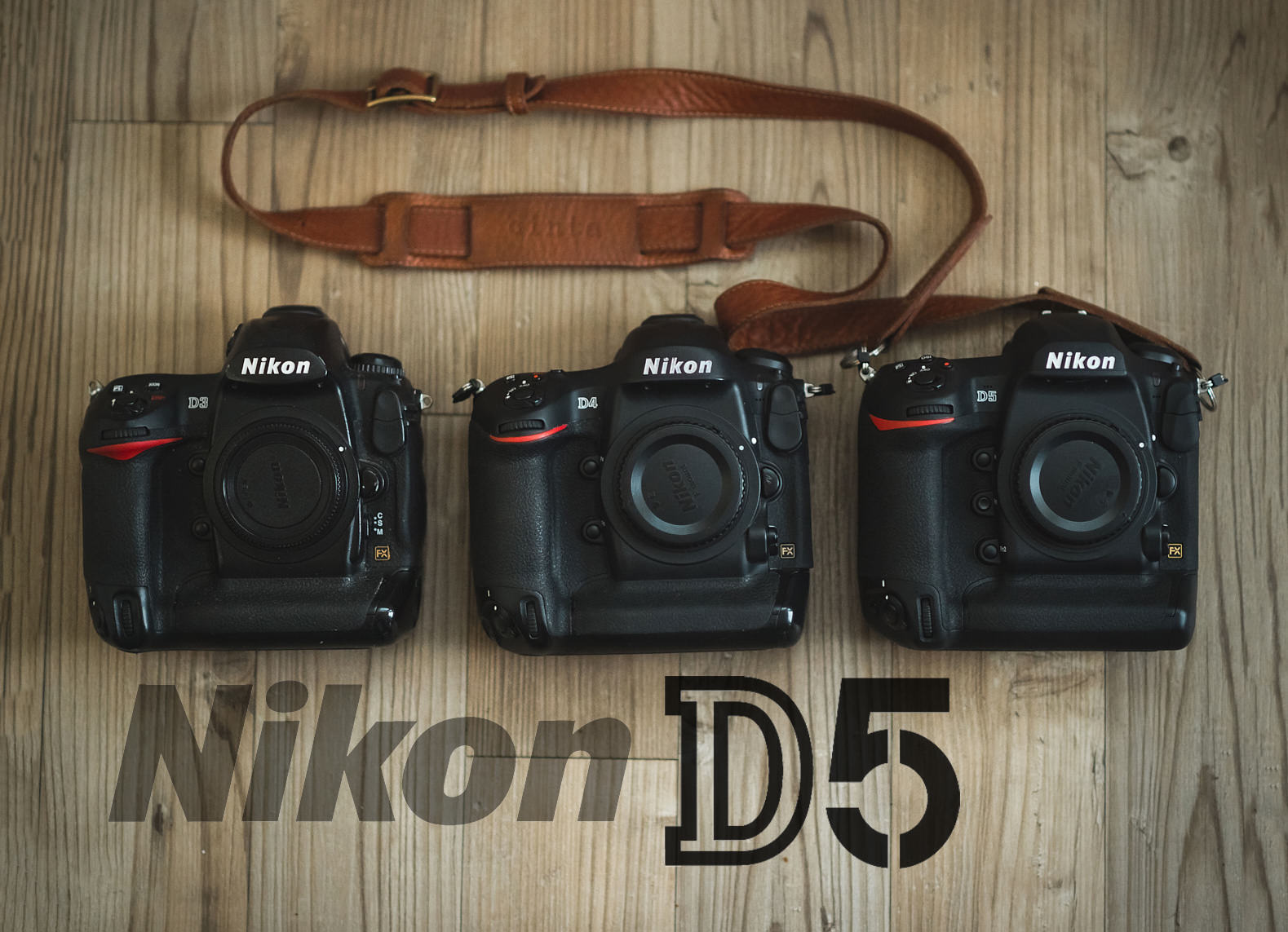Chances are you googled Nikon D5 reviews and somehow you thought it would be smart to click this link. Good move, here’s the thing; I have read all of those other reviews annnnd this one won’t be much like those. I am not a pixel peeper, I don’t read the manual, I don’t set my custom functions, I don’t shoot sports, I don’t shoot in insanely dark situations. Neither do I use crazy strobes in a studio and I don’t give a damn if a camera has over 12 megapixels. I shoot weddings and people A LOT, and I need a camera that works; a camera that will consistently give me beautiful files with amazing colors, with a AF system that nails focus every time, and I know I am not alone here, so that’s what I am going to focus on: Does the Nikon D5 work for me and the will it work for shooters like myself.
I’m not going to bore you with SOOC files. I’m client-focused and my studio doesn’t deliver SOOC. From my shots you’ll see what’s possible with a D5. I am going to show you the end product I give to my clients, then I’ll tell you if this hunk of magnesium and silicon made that product better and easier to produce.
The first thing I noticed was how long this thing’s battery lasts. Within about 12 hours of being out of the box my D5 was shooting a wedding. It went from that gold Nikon box directly into my Pelican case while the battery received a full night’s charge. The next day it was following me on my way to Lake Tahoe for a 4 day wedding. I was a bit concerned as I have 3 batteries for my D3 and 2 for my D4… but to my surprise I was able to shoot 2 five-hour events before I put the battery back on the charger just to bump it up to 100%… because it had just barely touched the half-way point and I wanted to be fresh for the 14 hour wedding day ahead.
As it turns out, I probably could have shot that entire wedding and all 4000+ images (I was super trigger happy with the new kit) without a battery charge. As I was placing it back in my bag I looked at the charge meter and there were still two bars! My D4 would have been dead and my D3 would have at least been on its second battery, and I don’t even want to talk about how many batteries my Df would have gone through. The D5’s battery is only rated at 3780 per charge… (sounds like BMW horsepower ratings. Quote low and the customer will always be pleasantly surprised), and while I have yet to try it, I bet I could get 6k actuations out of this thing before the battery quit. It’s simply something I have never experienced before: seemingly endless battery life. It’s only fair to mention that I don’t use battery-hungry functions like live view all that often.
Lets talk about Auto Focus next shall we? I really have no explanation for how this thing manages to lock focus on the things I point it at. Witchcraft? Unicorn dust? Doc Brown’s flux capacitor enabled Marty to bring us back autofocus from the future? Coming from the Nikon D4 (or another modern Nikon pro body) you wont immediately be shocked by the AF performance, because they just work. The D5’s AF is so good at what it does that you almost forget it’s there. I typically use single-shot drive and single shot servo (aka, not continuous AF mode) and I honestly had to try to miss focus. The images below were shot in rather low light situations after the sun had descended below the horizon, the D5 nailed focus each time.
That the AF should be that good should be of little surprise and is likely only rivaled in the Nikon line-up by the D500 (aka Baby D5), so let’s talk about something super cool that the AF does with one of the D5’s newest features: the touch screen. It’s Brilliant! I can actually use Live View, select the focus point, and it will lock focus with speed. There’s just no waiting while it huntings for a landing spot. Using Live View in conjunction with AF has always been a bit of a frustration for me in the past, but with the D5, not the case. Some have said the live view AF is sluggish, and in comparison to the amazing in-viewfinder AF, it still is. But hey, it’s way better than it is on the D4 and it is completely usable in a portrait session.
How’s ISO Performance? I mean, it’s a Nikon, so its almost pointless to even tell you that it pretty much sees in the dark and has super clean raw files and JPEGs at ISO 16k. Yeah, that is 16,000. I am not going to post a stream of images showing you some lifeless object sitting somewhere in unchanging light shot at different ISOs, but instead have a look at the images below. I shot these all at 16,000 ISO and delivered them to clients.
I have been asked about the auto white balance as, naturally, people are curious about it… but I don’t shoot auto white balance typically. I could go a word spree about why I don’t and why you shouldn’t either… but I digress. I switched the camera over to the aforementioned setting of ‘no cares (AWB)’ and it seemed to work better than ‘no cares’ setting on my D4. So, yeah, its better. People who enjoy shooting with AWB, rejoice.
Frame rate… As far as I can tell, the Canon 1DX MKII is the nearest comparable pro grade camera, so we will use that as the benchmark. The Canon beats the Nikon here in high-speed shooting at 16 fps vs 14 fps. It is super-rare that I actually shoot in high speed burst but when I do, I would be hard pressed to tell the difference between those two numbers in the real world. But, hey, maybe it would mean I would capture a micro expression that I might have missed if I hadn’t. So, the D5 lacks here in comparison, if only negligibly. Give more FPS Nikon.
While we are on the comparison train, lets talk about raw image capture and buffers. This is something I am always concerned about as nothing annoys me more in this world than waiting for a computer chip to catch up with what I am doing. I mean, don’t we make them to be faster and smarter than us? Thats the plan for Sky Net, right? The Canon that I mentioned above shoots 170 raw frames at full speed before it clogs up. The D5 only does 102. I have to be honest and say that I never managed to bog down the buffer on the D5… but still, this is a feature that maters a lot to me and I would love to see some improvement here if not for anything other than peace of mind.
Image Quality
The final thing I want to talk about is image quality. I basically upgraded to this camera from a Nikon DF and Nikon D4. I LOVE those cameras. I LOVE the files that they produce. They are incredible performers that help me create raw files that, after a little post in LR with my favorite presets from Mastin Labs, define my style. For a guy like me, its very difficult to adopt a new sensor and files from another camera into my rather heavy and consistent workflow, however I was pleasantly surprised. Perhaps that isn’t strong enough; I was floored.

This new sensor does everything I have been dreaming a nikon sensor would do. I have been constantly jealous of how my friends’ Canon files seemed to shoot better skin tones, more true to life colors and most importantly (for me), somehow capture the warmth of the sun in super bright backlit situations way better than my nikon bodies (though this can be somewhat argued to be caused by Canon’s lesser dynamic range). This all changed as soon as I saw the back of the camera (which yes, is just a jpeg preview) and then the files on my computer. I feel like color is a really subjective thing, so its really hard for me to say weather you are going to like the way the D4 sensor creates images or weather the D5 will be more your jam, but I will say this, the Nikon D5’s sensor is the best sensor in a performance body I have used to-date, and it’s a huge step forward for Nikon. In fact, my wonderful girlfriend who is an extraordinarily talent film/digital photographer, and has been a Canon user since she began shooting will opt to take my D5 instead of her MkIII whenever she can. I truly hope it makes it into other cameras like the next evolution of the Df.
Okay, enough talk. Here are some pictures. Mind you, to reiterate what I mentioned above, these are edited images. My goal here isn’t to show you SOOC shots, but rather show you what you as a working photographer are capable of creating with this camera.
Yes, the D5 is capable of hitting ISO 102400 (3,276,800 extended), but I started to find that in real-world use, in less than accommodating lighting situations, the image quality didn’t cut it. That’s not to say I didn’t use it a couple times, b&w the images and slap some grain on top and call it artsy. You know, because, art… However, it warrants saying that the usable ISO a professional will be using tends not to get near the theoretical or even achievable ‘maximum’. As always with those numbers, take them with a grain of salt. Speaking of, on the low end I limited my low ISO use to ISO 100 as the ISO 50 is just in-processor magic and is really no different than me pulling down the exposure in post later.
The thing I really want to talk about is the new 20.8 MP sensor and new processor. The files that these two jointly create are easily the best I have ever seen come out of a Nikon camera. While they may at times not have the dynamic range latitude of other Nikons (but arguable), the way it handles colors is far beyond anything I have ever seen from the brand. It retains color tones in sunlight better; the oranges are deeper; skin tones are levels beyond (dare I say almost Canon-ish at times… except without being overdone). For the first time, I have actually been tempted to just shoot JPEG, and that says a lot. I am very excited to see if Nikon carries whatever magic is in this sensor over to their forthcoming DSLRs.

Its got a lot of them. The end. Just kidding. Kish will have my head if I don’t list out some of this stuff and make some comments on them.
- 20.8 million pixel 35.9mm x 23.9 mm – Sensor that is the best damn thing I have ever created images with.
- Two CF Card slots or Two XQD slots. – Get either. The differences between the two will likely be most noticeable to sports shooters and those heavy into video, and though it has 4K at 30fps, it’s unlikely this will be a go-to for a serious videographer.
- 12 frames per second and 14 frames per second with the mirror up. You know, so you can do rad 7 thousand dollar shake face photos.
- Weighs just under 50 ounces give or take a couple due to the XQD or CF choice. AKA, your wrist is gonna get a work out, but worth it.
- Iso 100-102400 with extendable ranges of 50 ISO to 3280000. – I mean, Nikon is just showing off at this point. Show me a reason you reeeaaalllyy need 3 million ISO and I will show you a reason why you don’t. Its cool that they keep advancing though, it means the low ISO images will just get better.
- 3.2 inch monitor
- Touchscreen (Seriously, its pretty cool. Pinch zoom, swipe photos to cycle through them. Select AF point by touch).
- 100% coverage view finder, which is frankly, just expected at this level of camera. If you don’t have a 100% coverage view finder camera, get one. Compose accurately in camera. That is all.
- New AF; Nikon Advanced Multi-CAM 20K autofocus sensor module with TTL phase detection, Sounds cool huh? Well, what it basically boils down to is a 30% coverage increase on the AF and a Live View AF that really works!
- Number of AF points: 25, 72 and 153 (3D-tracking). That’s a lot and they all work incredibly well. You literally have to try to make this thing not lock focus.
Design
It’s typical Nikon ergonomics, perhaps just a little better. Take any other modern DSLR out there and hold it after wrapping your mitt around the grip of the D5 and you will most likely be severely disappointed. I have always firmly believed nothing on the market fits in your hand better than a Nikon, Specifically the D3, D4, (D750 and D500 also got nice grip upgrades) and now the D5. From the placement of the contoured thumb wedge on the back that helps you balance its weight to the newly relocated ISO button to just behind the shutter release, everything just fits and your fingers quickly and intuitively locate controls.
[REWIND: Nikon D750 $600 Off | Is The Sale Signaling Something?]
The only suggestion I can make is a slight location adjustment for the vertical grip multi-selector nub. My finger regularly hunts for that darn thing usually resorting to the main multi selector. It would be nice if they would just move it up and to the left a touch. Yes, I know this might mean they would have to redesign the Memory card door, but it seems to me they have the room. Just a small request…
Something pretty amazing happened to this new iteration of Nikons flagship line: They actually relocated some pretty important buttons, and the changes are more than welcome. The biggest change? They moved the ISO button from the back of the camera to just above the shutter release. This was an incredibly smart move. Nikon has always been focus on excellent design and ergonomics, and moving one of the most used functions on a pro level camera to a more “on the fly” accessible location is brilliant, if not late. I can easily change my ISO in challenging lighting conditions without removing my eye from the view finder. This little feature makes my poor D4 the red-headed-step-child of my camera case now.
Weather sealed, built like a tank. 99 years of manufacturing know-how and technical expertise went into this beast. You simply will not find a higher quality build in a DSLR. It feels like a professional piece of equipment when you hold it and it acts like it when you shoot it. The Nikon flagship line is known to take beatings that would leave other cameras in the garbage, and you just feel like you could drop a D5 over and over again and it would brush it off with not so much as a hiccup.
P.S. Don’t drop your D5. You will cry.
This is a tough one. I would love to tell you that you need to run out and spend all of your hard earned dollars on this camera. I really would. Honestly, it is a thing of beauty to hold in your hands and put through its paces. You really feel like you are using something special, and it creates gorgeous files. However, you likely don’t NEED this camera. It’s not going to make you a better photographer and it most certainly wont make you get more clients. So unless you are a full time pro with money to spare, or work in certain fast paced environments, you will find plenty of other amazing pieces of gear out there that will make images your clients will love.
Should you upgrade from a D4, D4s or D3 version? Perhaps. If you’re already shooting one of those bodies, you bought it for a reason, and that means you know the value of what the flagship line brings and you need that camera’s ‘skill set’. As that would be the case, you likely have speed needs, weather sealing needs, and you expect to pay for it. Frankly, you could get away with using a D4s, as long as you are okay knowing the D5 is out there doing everything the D4s does, that much better. But again, you don’t need it, likely.
With that said, I intend upon purchasing the one that B&H loaned me for the purpose of this review. Why? Because it makes my job easier.

As I just mentioned, the D5 makes my job easier and that is the reason I am purchasing it. So for me the high price tag for this brick of tech makes sense. I also need to reiterate how incredible the new sensor and processing technology is. I love the files and can only hope that this is a preview of things to come. With the volume of imagery it’s going to be tasked with making each year, I definitely need a piece of gear that will lock focus in almost every lighting environment and produce amazing images with little to no fuss. It needs to be responsive and fast, with a killer battery life. For me, the D5 nails all of these points directly on the head in a way that no other camera can right now can, and I willing to pay a premium to get it.
The real question is, should you?
Here are what a couple of my friends are saying about the D5 … you know, just incase you need a second opinion. When you are ready to make the jump you can grab yours here.
The D5 is a winner for me. It’s not a perfect camera by any means, but the reality is the vast majority of images I work with day to day require reliable auto focus and clean ISO at crazy high levels… on those two metrics the D5 is the best on the market.
Ryan Brenizer:
The D5 looks more like an evolution than a revolution, but it reaches a tipping point in several areas, especially autofocus. The 30 percent increase in AF coverage may not sound huge, but it brings Nikon’s full-frame coverage from “Not good enough for many photos” to “good enough for just about anything.” And the AF accuracy is nearly magical, especially when paired with the easy micro-adjust. Even finicky lenses like the 105mm f/1.4 become “nailed it” workhorses.
All of my images are color balanced using LR and ACR presets from Mastin Labs.
I use the awesome tools found in the SLR Lounge LR Preset pack for any final tweaks.

